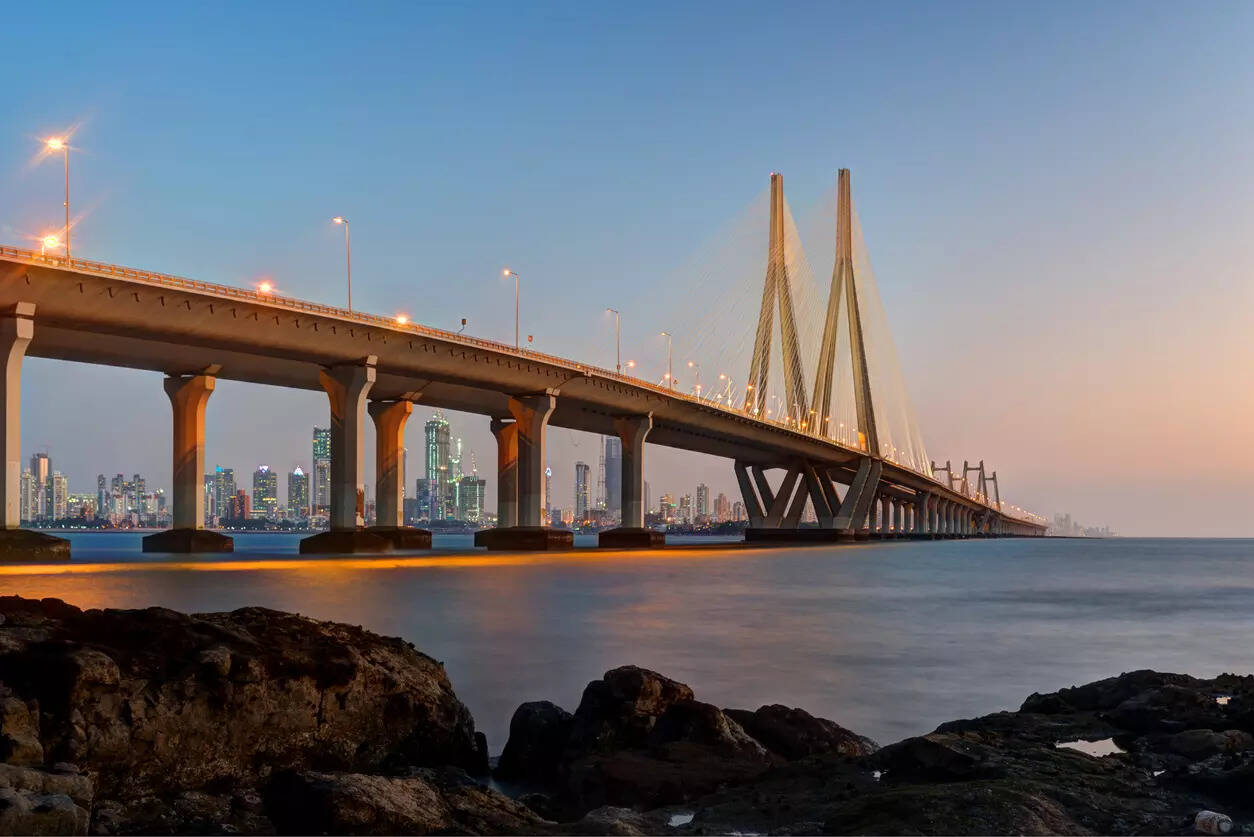
Road transport and highways ministry has made it mandatory to install sensors on bridges, including gadgets to detect corrosion, and monitor their real time health.
The ministry on Monday issued its guidelines for identification and implementation of real-time health monitoring of bridges using sensors to all agencies involved in the development and management of NH stretches. It said condition assessment of bridges is important for carrying out preventive maintenance and repair, rehabilitation, retrofitting or reconstruction of such structures in time to avoid traffic disruptions and untoward incidents due to “failure” of bridges.
As per the ministry, bridge investigation is generally carried out in two stages — a visual survey to assess the overall integrity of the bridge followed by detailed instrument aided investigation to determine the extent and severity of deterioration. But for important and major bridges, the parameters like strain, deflection, vibration, tilt, displacement, temperature, corrosion and scour through appropriate indicators need to be collected as per requirements, using various types of sensors installed in the bridges. These cases can be analysed using software tools and models to determine the condition of the bridge.
It said that real time data collection and monitoring can be permanent with continuous data collection where sensors are installed in the major bridges located in highly saline or polluted environments either at the time of construction or subsequently installed during the operation stage. The ministry has highlighted that in some cases, continuous or discrete type of data collection and monitoring can be undertaken on a real time basis by suitably installing sensors in different parts of the bridges permanently or for short duration.
“In the light of the above, it has been decided to undertake real-time health monitoring of different categories of bridges on NHs using appropriate sensors… While preparing DPRs for proposed bridges the consultant shall finalise exact type, numbers and locations of sensors and include this in the cost estimates and scope of work,” an official said.
The exact type and number and locations of sensors for existing bridges will be finalised and approved by senior highway engineers. The provisions for such sensors and their monitoring will be included in the bid documents.

